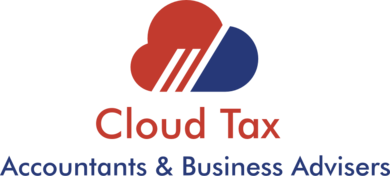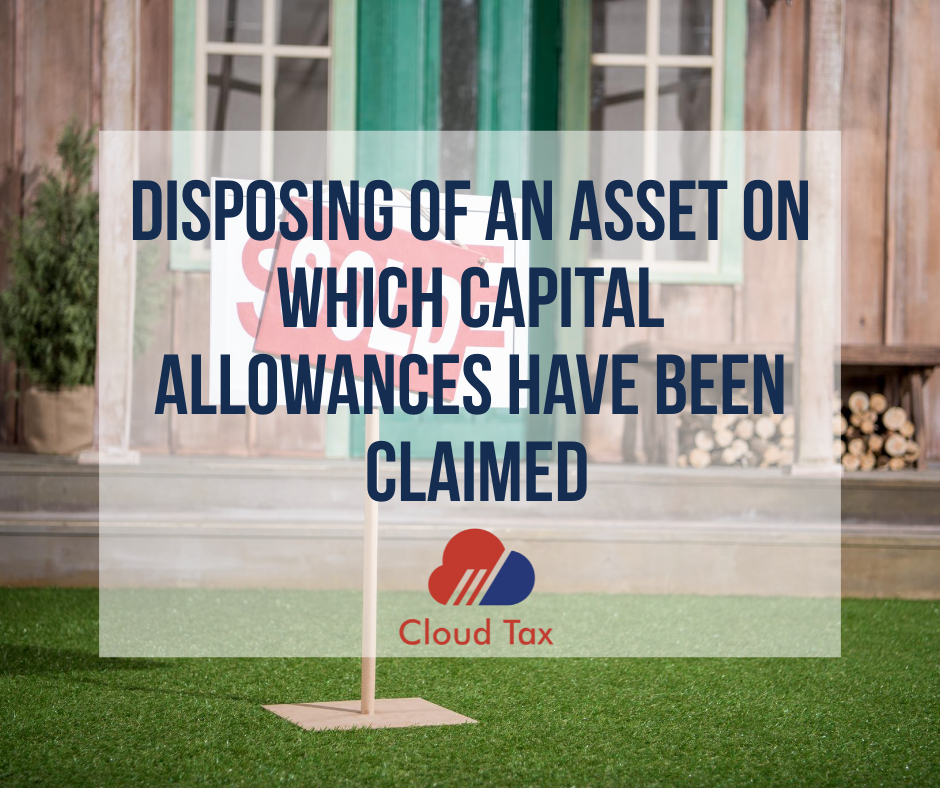Capital allowances are the tax equivalent of depreciation and the mechanism of providing tax relief for certain items of capital expenditure. However, with the exception of cars, capital allowances are not available where accounts are prepared under the cash basis; instead, relief may be available as a deduction in computing profits under the cash basis capital expenditure rules.
Plant and machinery capital allowances
Plant and machinery capital allowances are available for items such as machinery, fixture, and fittings, tools, computer equipment, plant, and vehicles. Capital allowances may be given at different rates.
100% allowances
The annual investment allowance (AIA) is given at the rate of 100% on qualifying expenditure up to the AIA limit. This is set at £1 million until 31 December 2021, reverting to £200,000 from 1 January 2022. Special rules apply where the accounting period spans 31 December 2021.
100% first-year allowances are also available in limited cases, such as for expenditure on new zero-emission cars and goods vehicles
18% writing down allowances
Writing down allowances on main rate expenditure is given at the rate of 18% on a reducing balance basis. Main rate capital allowances are available for most plants and machinery.
6% writing down allowances
Some items, such as high emission cars and long-life assets are allocated to the special pool and attract writing down allowances at the lower rate of 6%.
Enhanced capital allowances
For a limited period, companies are able to claim enhanced capital allowances in respect of qualifying expenditure that is incurred between 1 April 2021 and 31 March 2023. A super deduction of 130% is available where the expenditure would otherwise qualify for main rate capital allowances at 18%, and a 50% first-year allowance is available where the expenditure would otherwise qualify for special rate capital allowances of 6%.
Balancing charges and allowances
The capital allowance system provides tax relief for the net capital expenditure (cost fewer sale proceeds) over the life of the asset. Consequently, when an asset is sold, is it necessary to take account of the disposal proceeds.
If the capital allowances that have been claimed over the life of the asset exceed the cost-less disposal proceeds, it may be necessary to claw back some of the allowances. This is done by means of a balancing charge.
Claim capital allowances here.
Let’s assume a van is purchased for £10,000 and the AIA allowance is claimed, providing immediate tax relief for the full £10,000 of expenditure. If the van is sold three years later for £5,000, the net cost to the business is £5,000 (cost of £10,000 fewer proceeds of £5,000).
However, without adjustment, the company would have received tax relief of £10,000. The position is corrected by means of a balancing charge of £5,000. The balancing charge effectively increases the profits that are charged to tax. Where the AIA or a 100% first-year allowance has been claimed, the balancing charge will be equal to the sale proceeds.
There will not always be a balancing charge on disposal – it depends on whether the tax written down value is more or less than the sale proceeds. If it is more, they will be a balancing charge and if it is less, there will be a balancing allowance.
Example
A car is purchased for £15,000 on which main rate capital allowances are claimed at the rate of 18%. In year 1, the writing down allowance is £2,700, in year 2, it is £2,214 and in year 3 it is £1815. At the end of year 3, the written down value is £8,271.
If the car is sold for £8,000, balancing allowances of £271 will be available; however, if the car is sold for £10,000, a balancing charge of £1,729 will arise. The net allowances equal the cost less the disposal proceeds.
Add proceeds to the pool
Unless the item is in a single asset pool, balancing charges and allowances are calculated globally for the ‘pool’ rather than on an individual asset-by-asset basis. Thus, when an asset is sold, it is not necessary to calculate the balancing charge individually for that asset – instead, the sale proceeds are simply added to the pool.
Super-deduction and balancing charges
Special rules apply where an asset has benefited from the super deduction of 130% and depending on when the asset is disposed of, it may be necessary to inflate the sale proceeds when working out the balancing charge.

